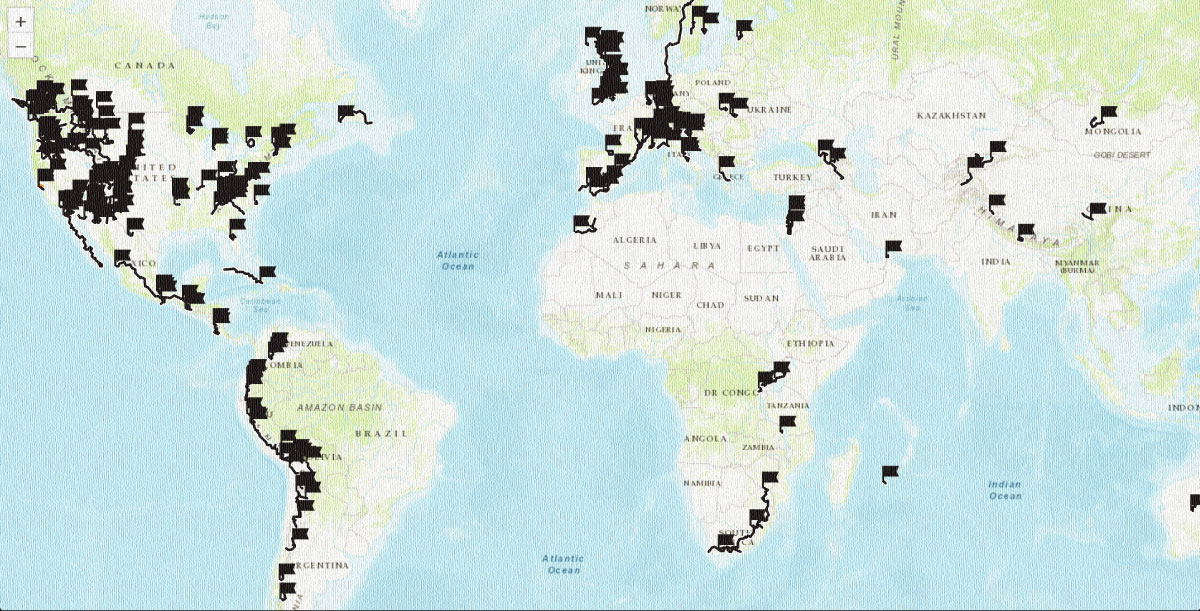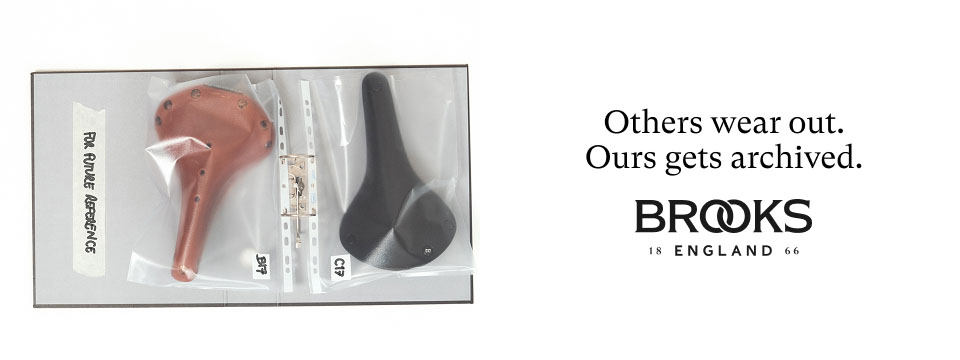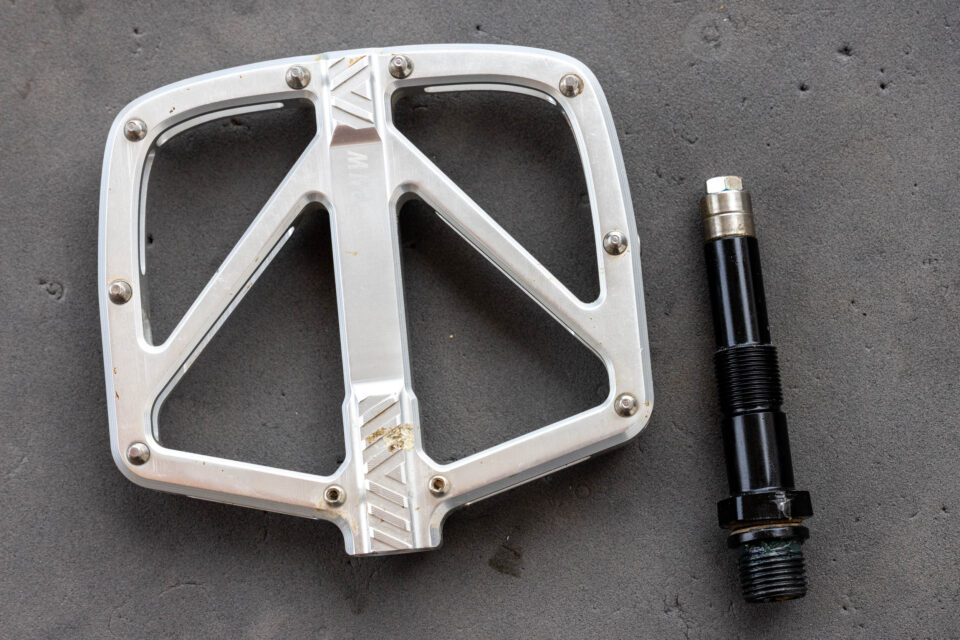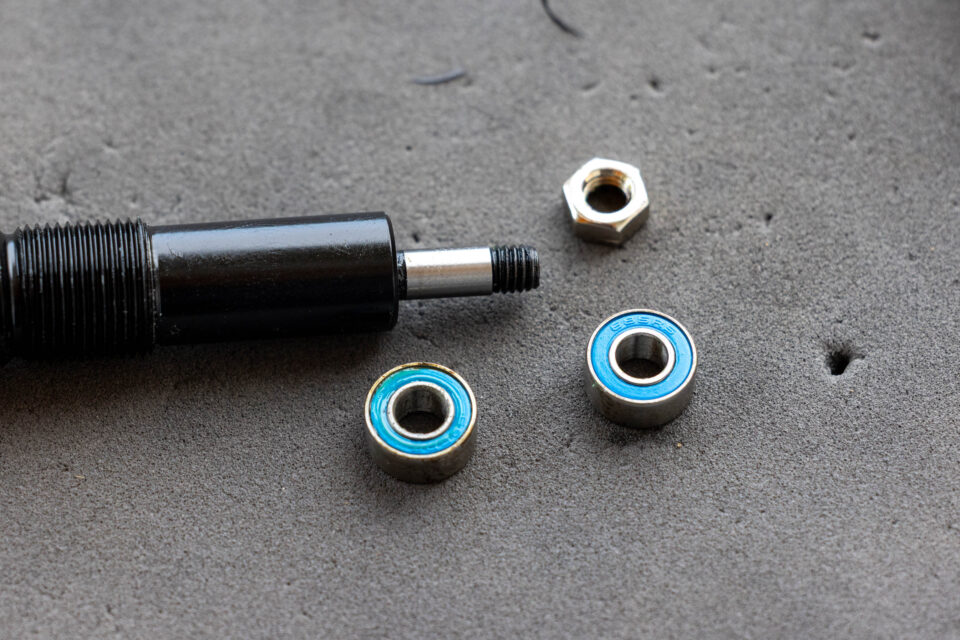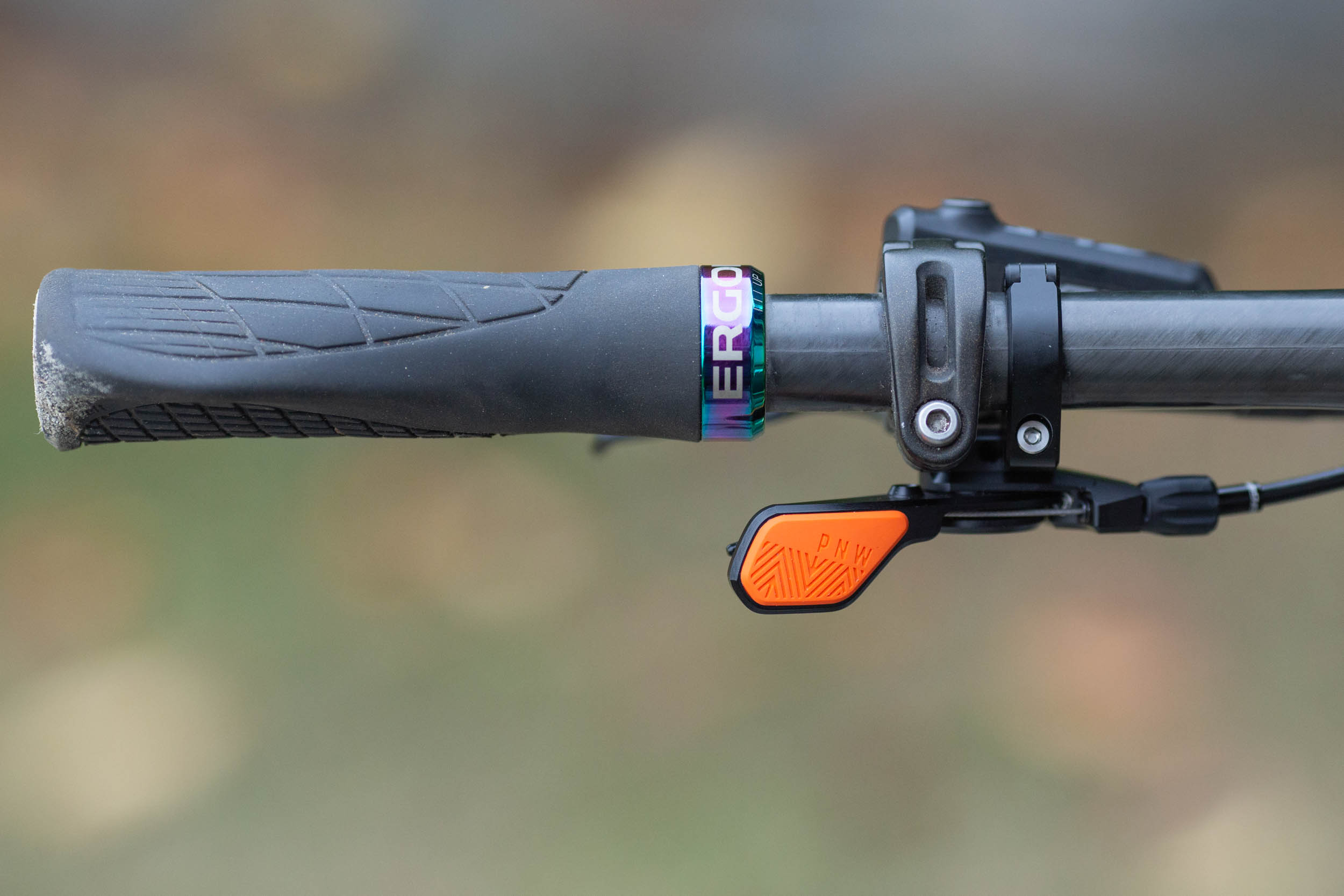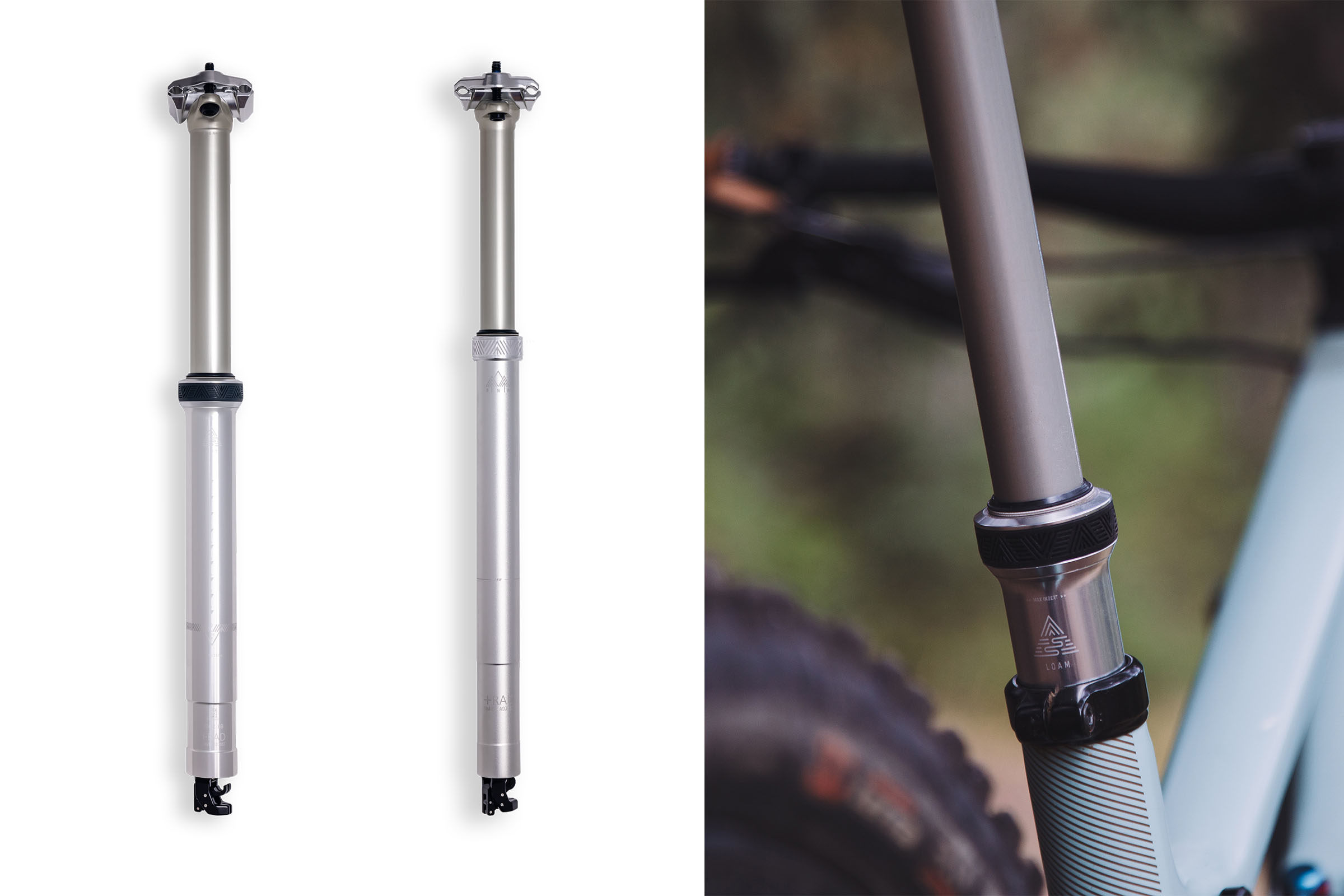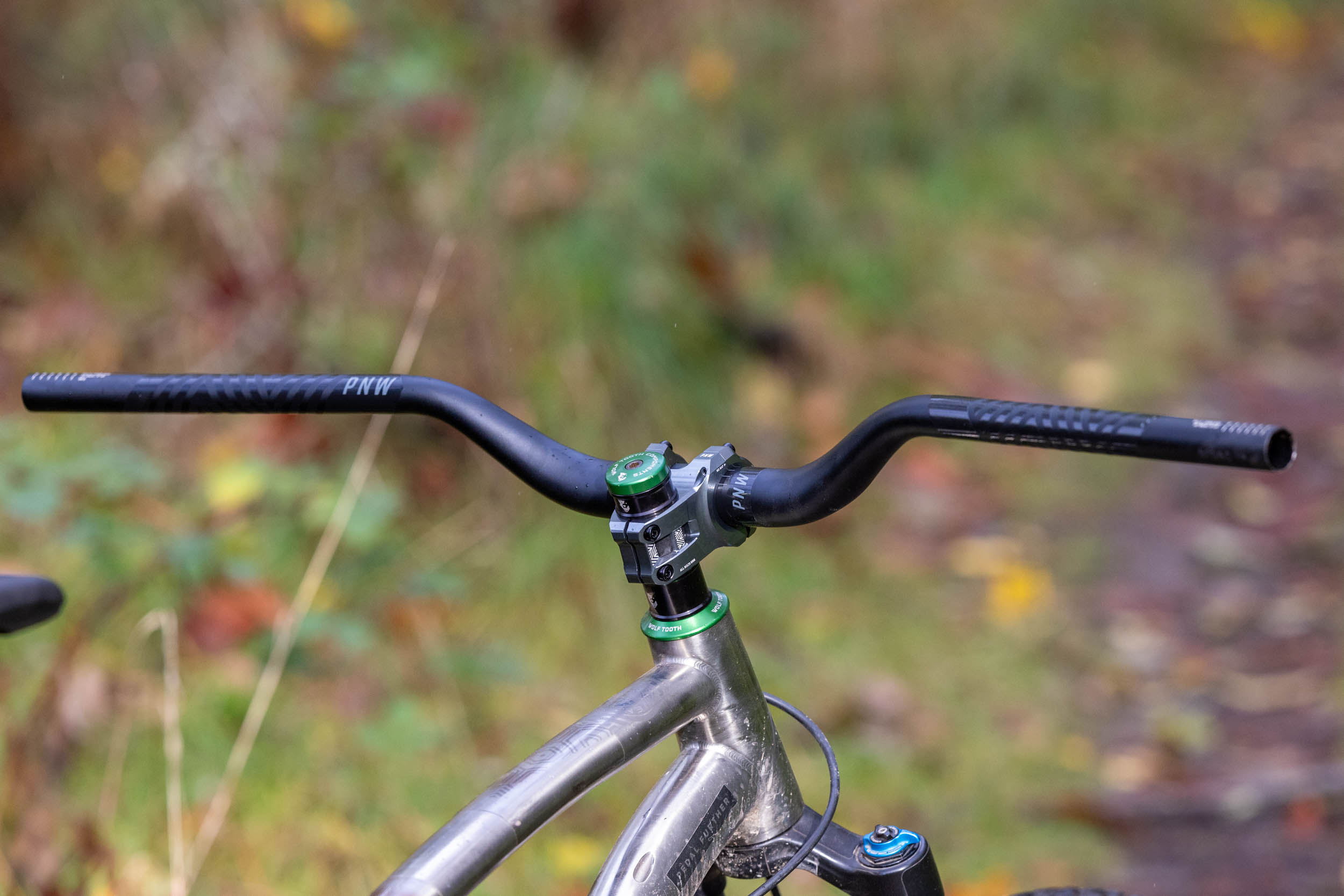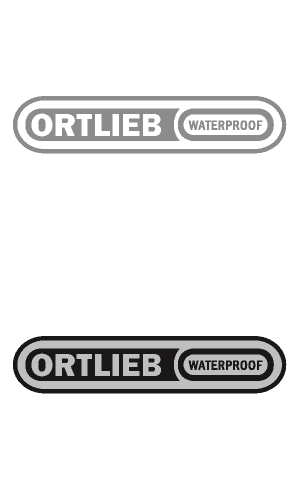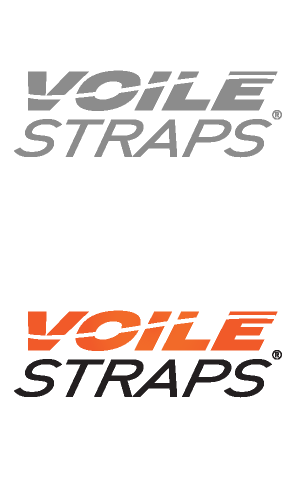PNW Loam Pedal Gen 2 Review: Now with Tectonic Pins
Just released, the new PNW Loam Pedals Gen 2 have been completely redesigned with a blend of concavity and raised edges, along with side-loaded traction pins from Tectonic for grip in every position. Fresh off a week-long bikepacking trip around Vancouver Island, find Miles’ review here…
PUBLISHED Jul 28, 2025
I mostly ride clipped in and prefer that setup for singletrack and technical rides, but I occasionally experiment with flat pedals. I appreciate the ability to hop on my bike with whatever shoes I happen to be wearing. While bikepacking, it’s nice to be able to make micro-adjustments to my foot position, which helps avoid unwanted aches and pains. I’ve also found that I prefer the fit and comfort of flat pedal shoes over clipless versions, which is particularly important when riding back-to-back days.
Despite all this, I feel most comfortable riding with my feet clipped in, because I know exactly where my foot is as soon as my cleat connects to the pedal. Some flats make it difficult to discern my foot’s position on the pedal, so the first few seconds of riding often require me to glance downward to get a visual and make minor adjustments to my foot position. I’ve discovered this to be less of an issue on concave pedals that taper in toward the axle, such as the Tectonic Components Altar pedals I reviewed a few years ago; however, I wouldn’t say they solved the issue of knowing exactly where my foot was.

Last month, I had a call with PNW Components’ CEO and Founder, Aaron Kerson, about a revised version of their Loam Pedals. There have been a handful of changes, but what stood out to me was the new platform profile and tweaks to make dialling in your foot placement and maximizing the amount of usable pins easier. I wondered if this could be the flat pedal for clipless riders and a promising option for bikepacking.
Loam Gen 1 to Loam Gen 2
The original PNW Loam pedals were released in the winter of 2022. They had a 105mm-wide x 115mm-long platform, a low-profile shape, and a slightly concave surface. They used standard pins that thread in from the underside of the pedal, two sealed cartridge bearings (one large and one small), and were rebuildable. They used a fairly standard axle construction, featuring a 5mm dust cover on the outboard side and a 5mm axle nut that didn’t require a specialized, thin-wall socket. At $99, the Loam Pedals were a steal for a forged and post-CNC’d 6061 aluminum.

Six months after the release of the Loam Pedal, they started working on the Gen 2 version. Despite the overall shape looking fairly similar, the Loam Pedals Gen 2 are a completely different beast. For starters, the shape and pin position have been redesigned to accommodate multiple foot placement styles better. The center of the pedal is concave to cradle the forefoot, while the inboard and outboard sides are slightly raised to support the midfoot. The front and rear of the pedal are flat to accommodate all foot placement styles. There are also textured and raised contact patches for smooth repositioning. The entire pedal is now CNC-machined from aluminum, instead of forged.
For traction, PNW has ditched the standard thread-in pins (except for the two inboard pins) in favor of the unique traction pins developed by Tectonic Components. The 25mm tall stainless steel pins are fixed into position using a side-loaded bolt. This allows for easier removal when it comes time to replace, and because the body itself isn’t threaded, any pin can be removed, no matter its condition. Since one pin provides grip on both sides of the pedal, they should be easy to remove even if they are truly mangled. Having logged thousands of kilometers on my Tectonic Altar pedals, I’m genuinely excited to see PNW partnering with a small, one-person operation like Tectonic.

Post-Ride Thoughts
I made a last-minute decision to use the new Loam pedals on a recent week-long scouting trip on Vancouver Island. I figured it would be nice to have the ability to ride in my sandals when needed, and I continue to find comfort in my Fizik Terra Ergolace shoes, which I previously reviewed.
The concave center of the Loam Gen 2 pedals felt familiar, but what stood out was the raised inboard/outboard sides. The raised edges made it easier to feel the edge of the pedal through the sole of my shoe, allowing for easy adjustments without needing to look down at my feet. The inboard pins (located on the crank side of the pedal) were slightly shifted outward, as customer feedback indicated that these pins were often not positioned under riders’ shoes, thereby not providing adequate traction. It’s a small change, but I notice more pins underfoot compared to my other pedals.

On the shoes I’ve tested the pedals with, which include the Fizik Terra Ergolace X2 Flat shoes and my Bedrock sandals, the Loam Gen 2 pedals grip hard but don’t make it impossible to unweight my foot to adjust my position. Even when bouncing down old ATV tracks riddled with fist-sized rocks, I was always confident my feet would stay put, but minor adjustments were also possible.
The 109 x 115mm (WxL) platform is 4mm wider than the Gen 1 pedals, but smaller than the 110 x 120mm platform of the Tectonic Altar pedals. I missed the larger platform, mainly because my Fizik shoes aren’t that stiff, but folks with smaller shoes will likely be less affected.
The new Loam Pedals spun smoothly right out of the box, and they continue to do so after over 500 kilometers of riding. I opened them up this past weekend, and they had an acceptable amount of grease on the axle spindle, but I topped it up with some fresh stuff while I was there. There’s an O-ring on the axle spindle that keeps dust and grime outside of the internals, which seems to be doing a great job at keeping things clean. The cartridge and pedal body have a generous number of threads, which limits the chance of complete failure.

Maintenance and Disassembly
PNW promises easy maintenance and disassembly, and this rings true in reality. The 18mm cartridge nut can be cracked open with common tools like a fixed or adjustable crescent wrench, socket wrench, channel locks, etc. With the cartridge removed, an 8mm axle nut threaded onto the axle holds the two small sealed cartridge bearings in place. The number and size of bearings aren’t as impressive as the Tectonic Altar pedals I reviewed, but so far, they are still spinning smoothly and are quite clean inside. A full teardown takes just a few minutes and doesn’t require any special tools.
The pins are also easy to remove and replace when needed, requiring the removal of the outboard 2.5mm set screw that holds each pin in place. They use Tectonic’s patented pin retention design, but long 25mm pins with a slightly simpler overall design compared to Tectonic’s machined traction pins.
Pros
- Grippy, but not to the point that adjusting your foot is difficult
- Easy to maintain and replace bearings
- Mix of convex and concave profiles provides exceptional pedal feel
- Patented Tectonic pins are great to see
- Reasonably lightweight for machined aluminum pedals
Cons
- Gen 2 version jumps up $60 from Gen 1
- Two small bearings seem somewhat underwhelming
- Average-sized platform may not be large enough for those who prefer larger platforms
- Not the grippiest pedal out there
- Platform size: 115 x 109mm (LxW)
- Platform Height: 15.5mm Front/Back, 14mm Center, 12mm Over Axle
- Pins: Stainless Steel, 10x Per Side
- Material: Aluminum Platform, Aluminum Cartridge Sleeve, Aloy Steel Axle
- Weight: 418g/pair
- Color: Black, Silver, Purple, Green, Orange
- Place of Manufacture: Taiwan
- Price: $149 USD
- Manufacturer’s Details: PNW Components
Wrap Up
For me, what’s most exciting about the Gen 2 Loam Pedals is PNW’s willingness to collaborate with Tectonic Components. It’s heartening to see a larger component brand like PNW recognize the value in Tectonic’s side-loading pin design, acknowledge that they can’t do it better, and incorporate it into a fairly substantial product update.
Aside from the traction pins, what really stood out for me was the concave shape and raised sides, which together made it easier to discern where my foot was on the platform. They offer enough grip, but small adjustments are possible, and shifting the inboard pins slightly further outboard means I’ve had more pins underfoot and in use. The ability to easily disassemble, maintain, and purchase parts for the Gen 2 Loam Pedals is great for anyone who’s looking to do more of their own bike maintenance or is searching for a place to start.
Further Reading
Make sure to dig into these related articles for more info...
Please keep the conversation civil, constructive, and inclusive, or your comment will be removed.


